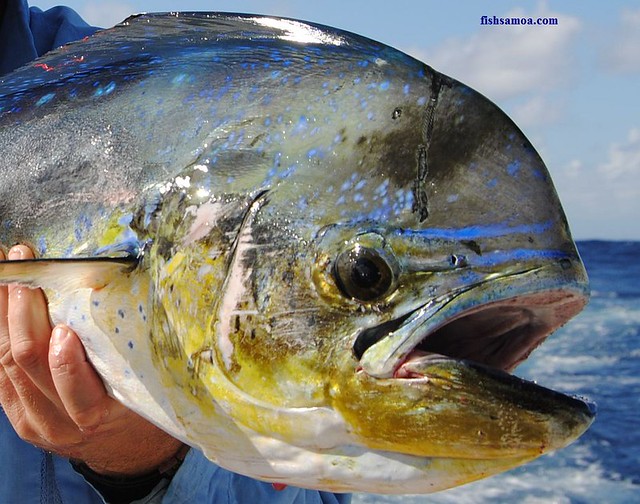Travelling
to Samoa was a totally surreal experience for
me as I had never really thought I would go to such a place and it was simultaneously so similar to
but so different from the brochures, advertising and images that are conjured
by traveller’s stories. There were of course the palm trees, banana and coconut
trees as well as all the other gorgeous bright tropical vegetation and flowers
but there was so much more to every aspect of the country and its people that I
hardly know where to start.
I guess firstly
I would have to admit that my experience was not exactly comprehensive in any
respect but I feel that the experience I had did change some of my perceptions
of the country as well as confirming some impressions and things I already
knew. I think to do my trip justice and to give an informative description of
the country and my experiences I will probably break it into several posts to
this journal.
Starting with
the geography of the country; it is made up of two main volcanic rock islands
called Upolu and Savaii, with 8 other islets
in the surrounding waters (some inhabited and others uninhabited). Both main
islands are mountainous at their heart with narrow inhabitable coastal plains.
This is where most of the population live and work, most people live on family
and community land, growing coconut, papaya and bananas as well as other food
crops like bread fruit, taro and manioke. The capital Apia
is on the northern edge of Upolu which is
where the international airport is located. We flew into Apia International
airport at about 1.30am on a Saturday (in July 2012) and it was approximately
26 degrees Celsius with quite a high humidity, although it is considered the
‘dry’ season at this time. We found out that although it was the dry season it
actually ended up raining almost the entire time we were there on the southern
coast where we stayed, which apparently is a reasonably recent change to the
climate of the island. As Apia and the northern part of the island had
apparently got sun for most of the same days, which we were told by locals at
the resort that this had been the reverse pattern until several years ago. But
despite the rain there really wasn’t any reason not to go out and enjoy the
water and the scenery, as the temperature remained in the mid to high 20’s even
without the presence of sun.
The islands
are surrounded by coral reefs which mean most of the beaches are fairly
sheltered, though there are still dangerous currents and undertows/rips that
swimmers and snorkelers still have to watch out for. Also when swimming or
snorkelling it is a really good idea to wear light canvas boat shoes or
something like that as there are sharp coral and rock formations as well as the
potential for things like stone-fish or other injurious sea-life. As well as
the dangerous sea life, (which are few) there are many beautiful and non
dangerous species to enjoy observing. Although I am not able to swim or snorkel
due to my condition my family did enjoy the water on my behalf, taking part in
the snorkelling, swimming and kayaking. They were fortunate enough to swim near
sea turtles on several occasions in the waters near our resort and saw a
variety of diverse brightly coloured coral fish. It was concerning to hear that
what I think was the Crown of Thorns starfish was extremely evident along the
reef. This along with the huge damage from the 2009 tsunami and other
activities has and is having a hugely negative impact on the health of the reef
and the ecosystem.
I got the
impression that most of the fish that is caught in the area is from the reef or
just outside of the reefs with only charters or big commercial fishing boats
heading out to the deep water well outside the reefs. This is just what my Dad
did as he is such an avid fisherman, taking a charter trip and catching and big
yellow fin tuna. Another participant on the same charter boat caught a Masi
masi which is a large green fish with a blunt squarish shaped head; it seemed
to be quite a popular fish to eat and was served as the fish of choice at the
resort. The other type of fish used, that I think was more often eaten by the
locals was the Parrot fish which is a lot smaller then the grown Masi masi. I
will talk more about the local crops, our trip to Apia markets and travelling around the island
in my next entry.


No comments:
Post a Comment